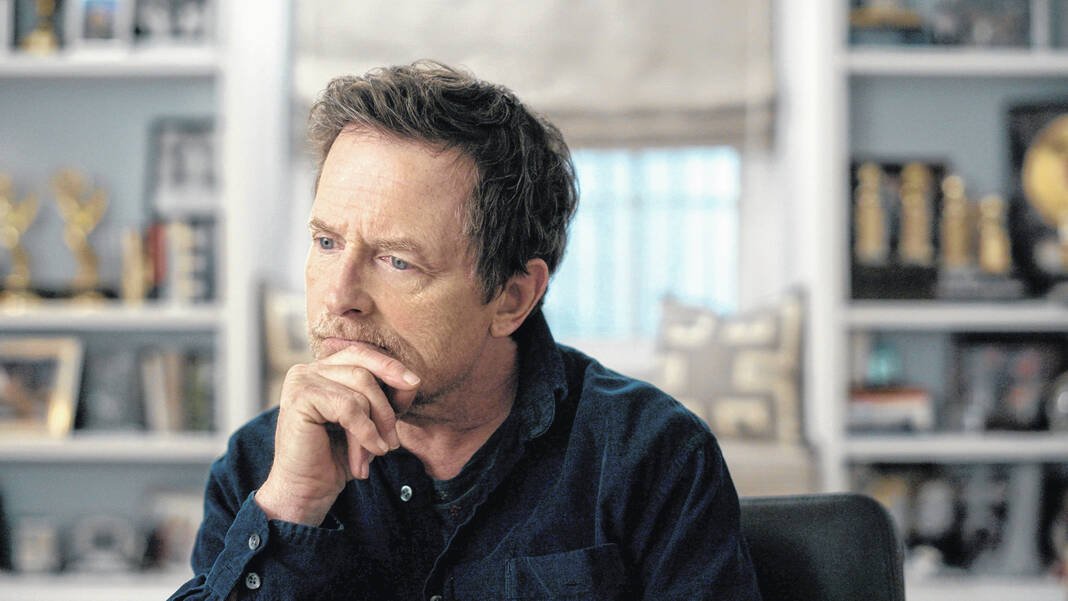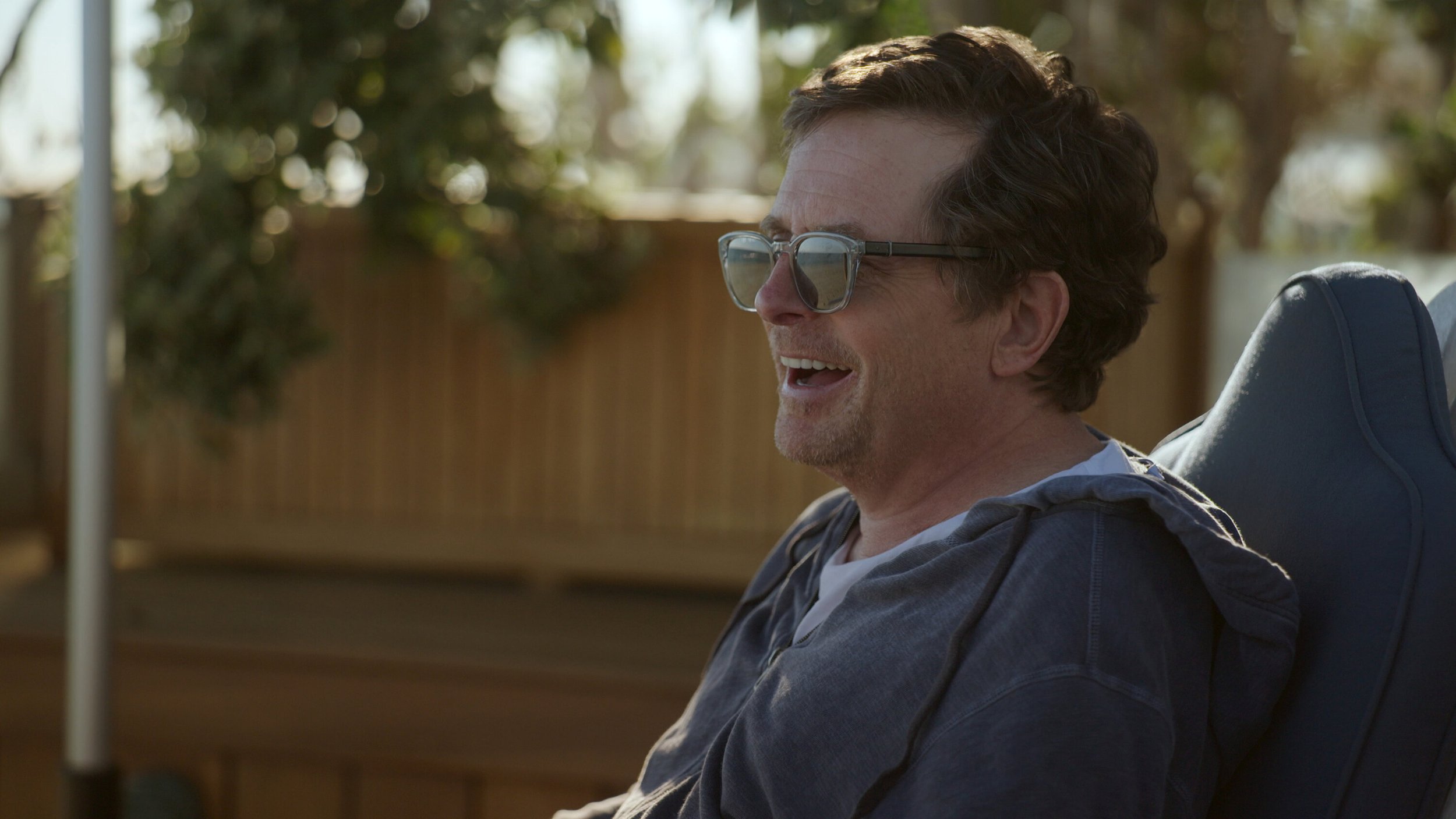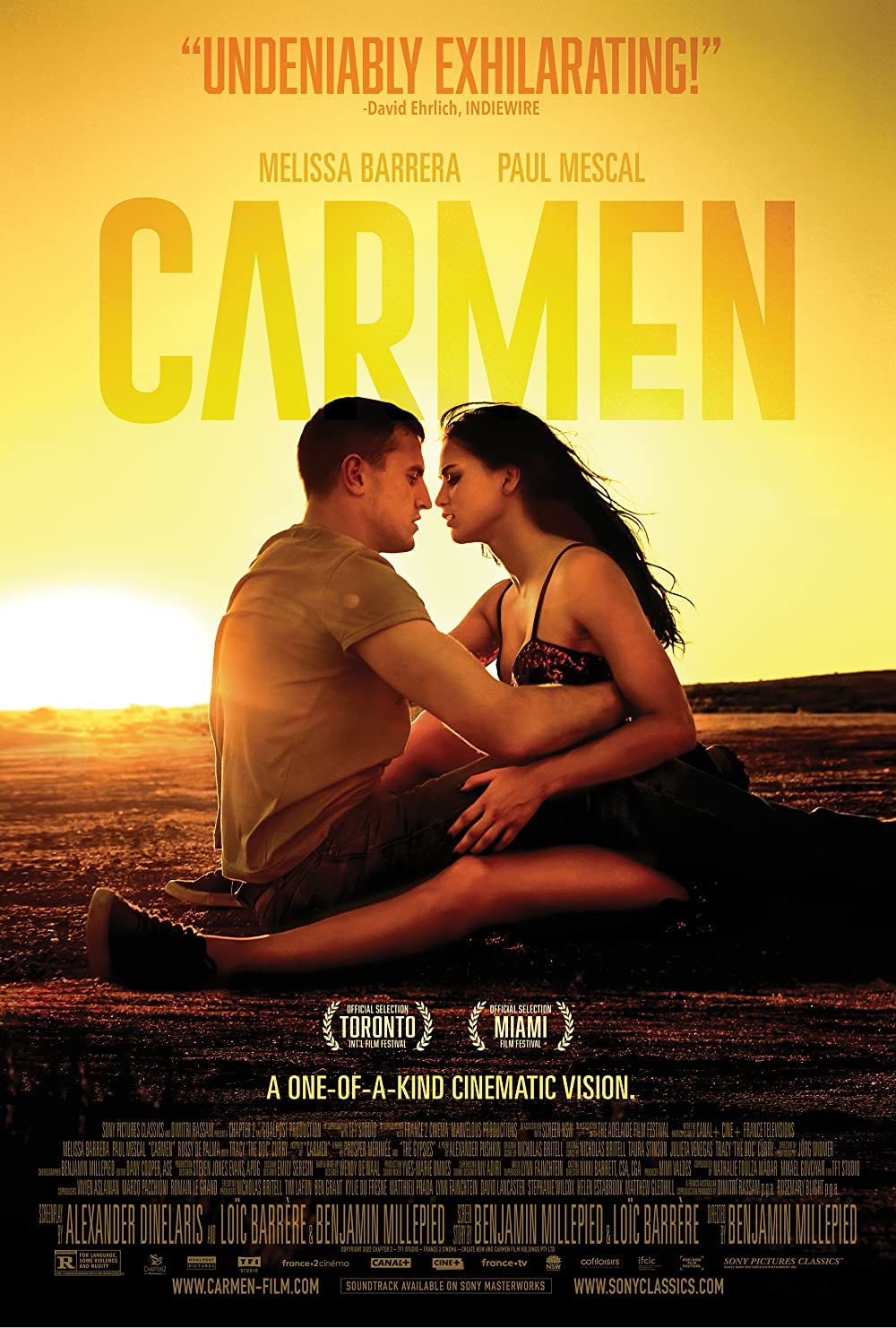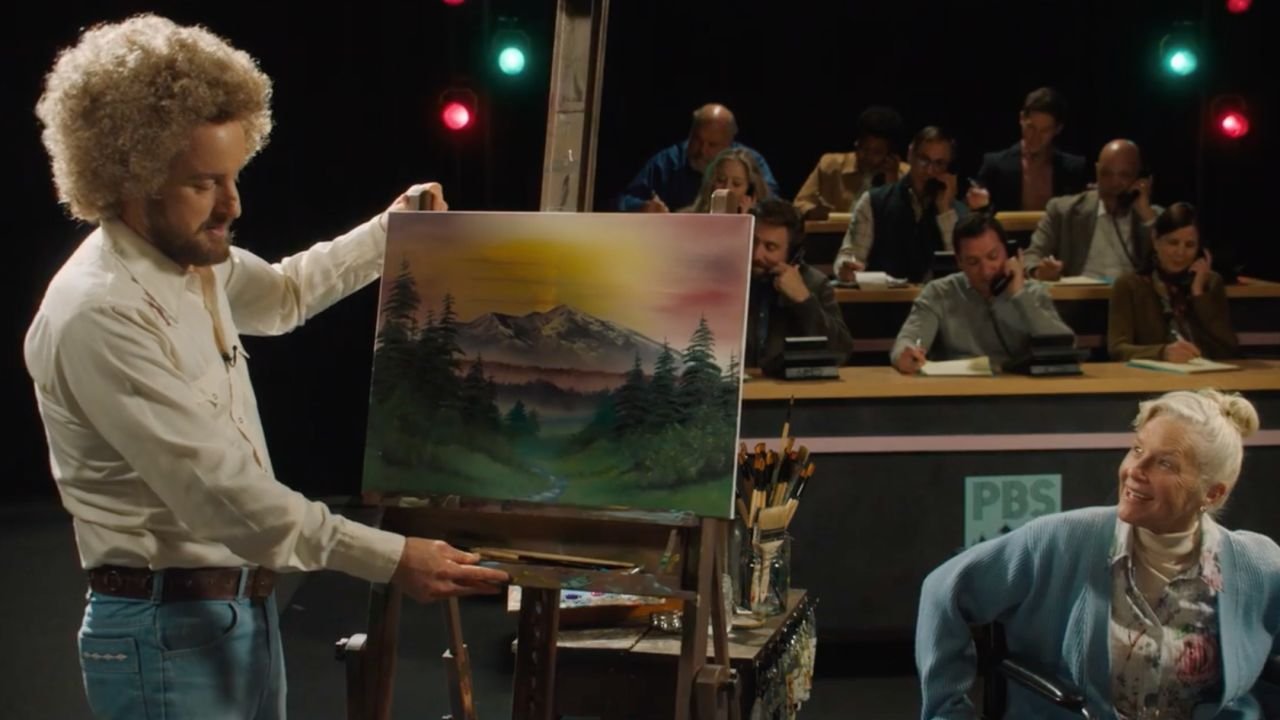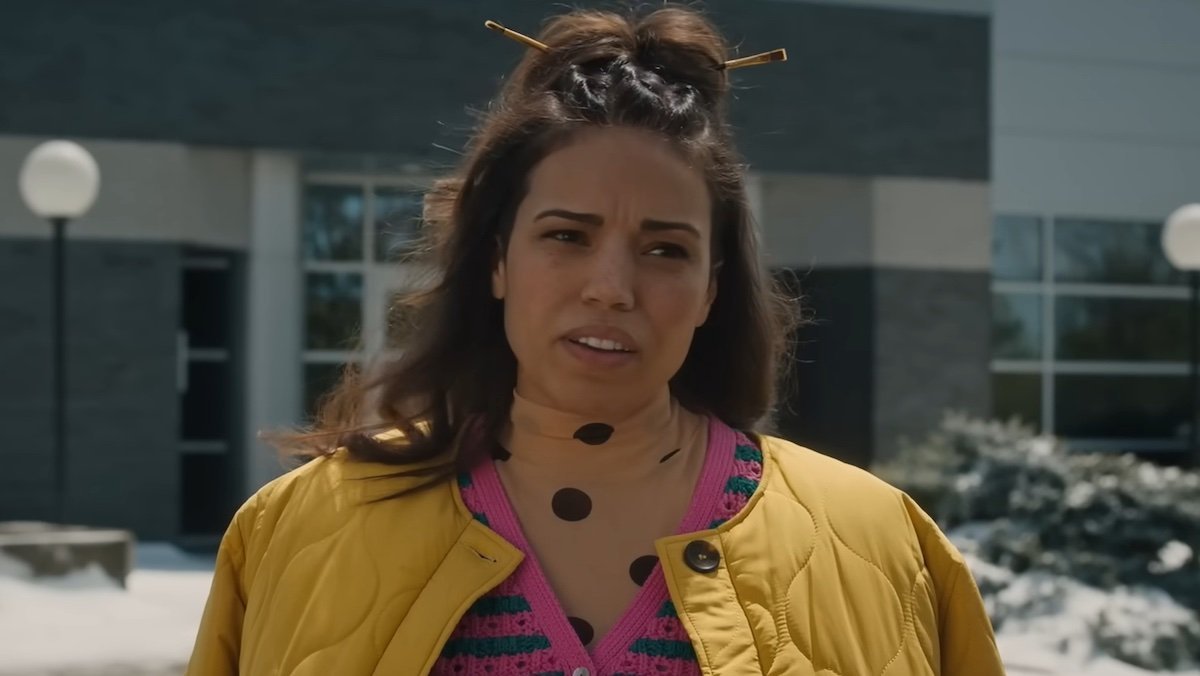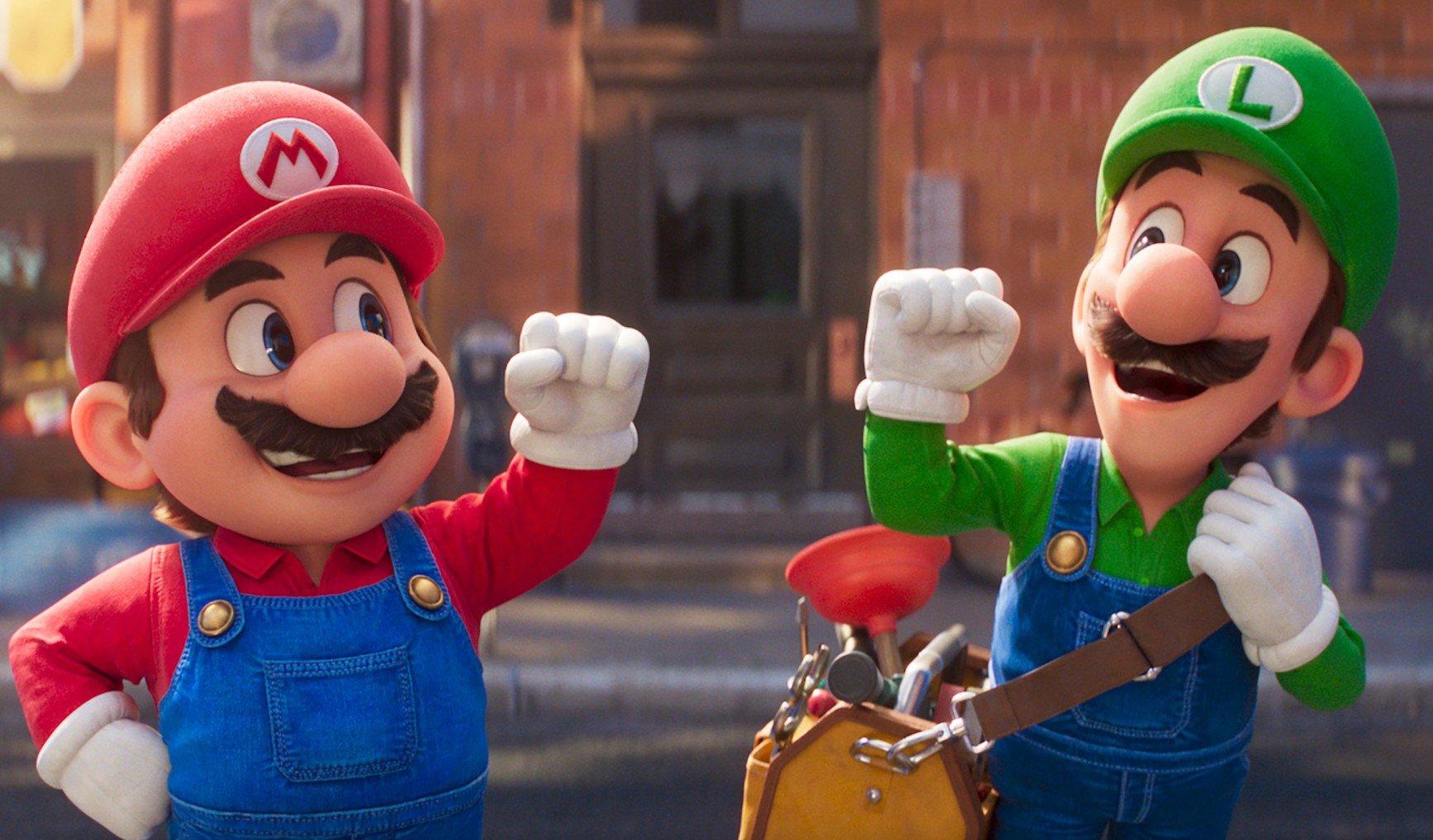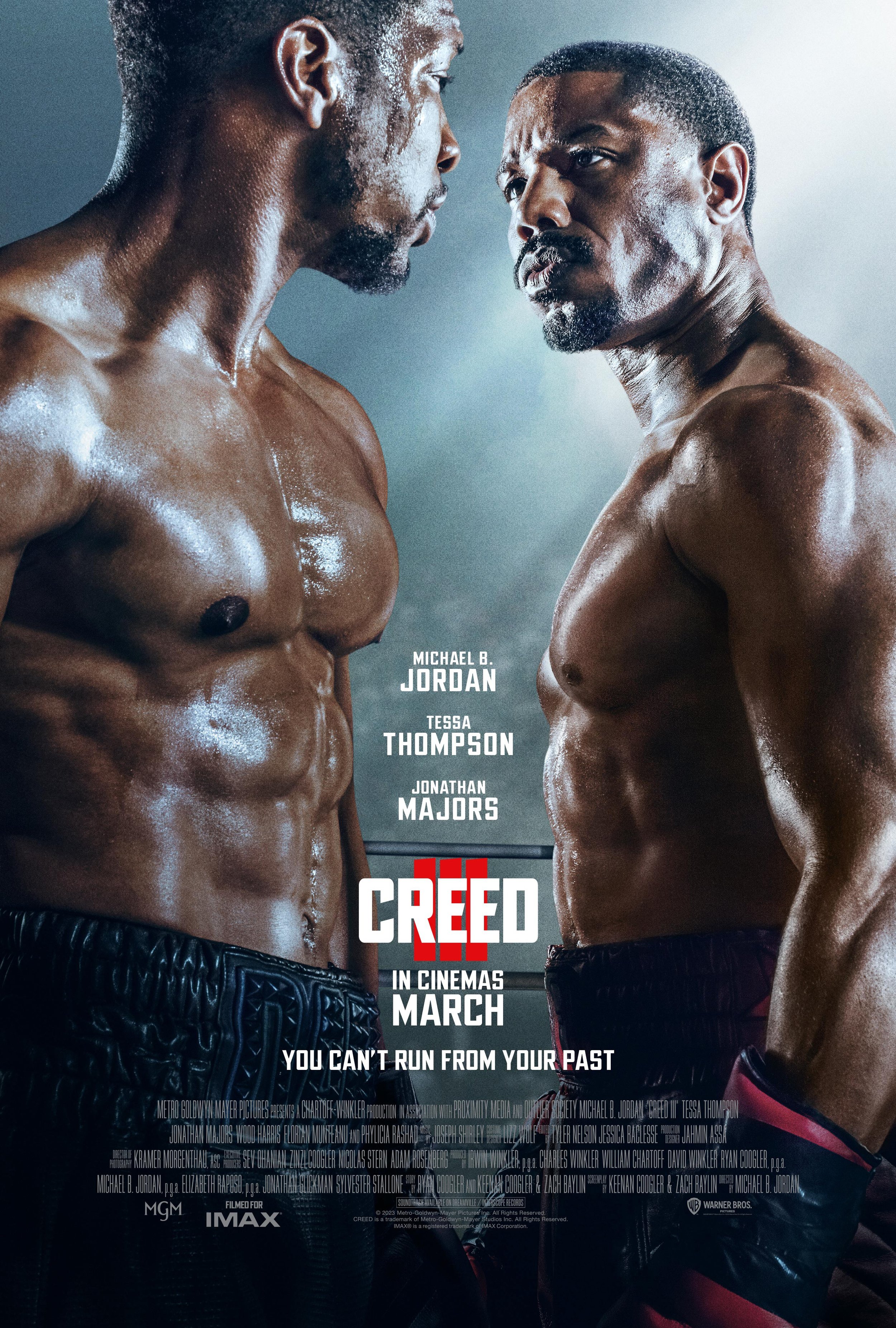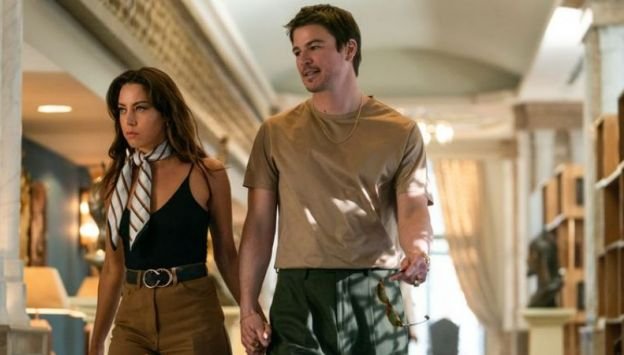Directed by: Ric Roman Waugh
Written by: Mitchell LaFortune
Starring: Gerard Butler, Navid Negahban, Ali Fazal, Bahador Foladi, Tom Rhys Harries, and Nina Toussaint-White
Runtime: 120 minutes
Our heroes need to catch a plane in ‘Kandahar’, but this pedestrian action flick never takes off
These days, if you look up the latest releases arriving at the local cineplex and see Gerard Butler’s name appearing in the credits, you can bet a dollar that the man is tied to an action movie. Granted, this critic hasn’t seen most of his films. Still, Gerard has developed a Liam Neeson-like reputation for consistently stepping – or running – into the genre.
Director Ric Roman Waugh – who worked with Mr. Butler on “Angel Has Fallen” (2019) and “Greenland” (2020) - helms “Kandahar”, a film that doesn’t change Gerard’s current filmography trajectory, but this Middle Eastern escape adventure might be the most pedestrian action flick that I’ve seen in quite a while, possibly since Mr. Neeson’s “Memory” (2022), a movie that should be forgotten.
Although Waugh’s film – written by first-time screenwriter Mitchell LaFortune – begins with an intriguing premise, it quickly falls into tired, monotonous discourse between government bureaucrats and military types that unfortunately fill the screen during the next 35 or 40 minutes. After that, the film finally steps into a cat-and-mouse picture, however, it doesn’t dash, scurry, or sprint. Instead, it trots, slogs, and saunters through routine chase scenes – involving some trucks, military vehicles, a helicopter, and a motorcycle through parched Iranian and Afghanistan deserts. Although, if you look carefully, a Vespa or an electric skateboard might make a subtle appearance too!
Who can say?
Anyway, the movie – filmed in Saudi Arabia – opens with Tom (Butler) and Oliver (Tom Rhys Harries). They are communication engineers for Siblixt Communications Ltd. and are fixing an underground internet line. It sounds like an everyday job in suburban Phoenix, Kansas City, or Toronto, but Tom and Oliver are working outside the city limits of Qom, Iran, and about a half-dozen armed Iranian soldiers are watching their every move, or so they think.
You see, Tom and Oliver are spies – contracted by the CIA – and their mission isn’t to bump up internet speed for Qom households but to destroy a hidden nuclear warhead facility.
This is a big-time mission, similar to the one in “Top Gun: Maverick” (2022), however, that’s the only parallel between the fabulous Tom Cruise-led sequel and “Kandahar”. Within about 10 minutes (of runtime), Waugh and LaFortune finish this treacherous assignment. Tom can thankfully fly home to the United Kingdom, just in time for his daughter Ida’s (Olivia-Mai Barrett) graduation.
How do we know this?
Because Tom speaks to his wife Corrine (Rebecca Calder), and she pleads, “Just please be safe, will you? And please be on the flight.”
Oh, Corrine also asks him to sign their divorce papers too, but regardless, Tom had better be on that plane!
Of course, he doesn’t get on the said flight from Dubai to London’s Gatwick Airport because his handler in the field offers him another job in the 11th hour, and for this movie to exist, Tom inexplicably takes it. Naturally, this second mission goes sour faster than you can say, “I figured that would happen.”
Now, Iranian agents flood the desert near the Iran and Afghanistan border, so Tom and his new partner/translator Muhammad (Navid Negahban) need to make a break for Kandahar, where a plane can ship them back to the U.K. and U.S., respectively. This modern-day Butch Cassidy and the Sundance Kid must dodge the Iranian military, the Taliban, ISIS, and Kahil (Ali Fazal), a Pakistani special forces agent from the ISI.
However, except for two stand-out moments - when Kahil and Tom eventually face off and one menacing caravan shot that briefly and gleefully reckons back to “Mad Max: Fury Road” (2015) – the overall lackluster pursuit throughout the rest of the picture doesn’t generate thrills or chills, as Waugh, the visual effects team, and the stunts department lean into ordinary standard affairs of gunplay and some occasional explosions.
Perhaps, devout Gerard Butler fans will feel more invested in Tom’s and Muhammad’s fates, but then again, our hero did make the braindead decision of leaving the Dubai International Airport for another go-round instead of just walking aboard his scheduled flight.
For crying out loud, Tom!
Well, this critic didn’t “cry” throughout this movie because Waugh and LaFortune do carve out substantial time in developing backstories for Kahil and an opposing military operation leader Farzad (Bahador Foladi). The filmmakers’ efforts deliver a message that governments create wartime conflicts, but the individual combatants – no matter which side they support – have universal commonalities and families or loved ones at home. It’s a bit refreshing that the filmmakers do not frame the other side(s) as faceless enemies, which helps lessen potential audience warfare with “Kandahar”.
There’s no need to go to war with this film. Indifference may win the day.
Jeff’s ranking
1.5/4 stars











